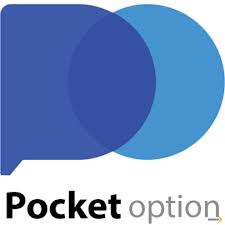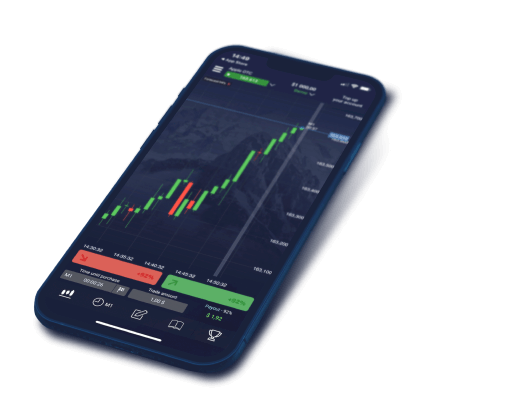Unlocking the Potential of Pocket Option API
The pocket option api pocket option api is a powerful tool that allows traders to access their trading accounts and manage trades programmatically. By utilizing this API, traders can automate their strategies, analyze market data, and improve their overall trading experience.
What is Pocket Option?
Pocket Option is an online trading platform that offers binary options trading. It has gained popularity among traders for its user-friendly interface, diverse asset offerings, and competitive payouts. In addition to standard trading functionalities, Pocket Option provides an API that allows developers and experienced traders to interact with the platform programmatically.
The Importance of the Pocket Option API
In recent years, the use of APIs in trading has revolutionized the way traders operate. The Pocket Option API enables users to programmatically access their trading accounts, automate trading strategies, and analyze market data in real-time. This opens up a world of possibilities for both novice and experienced traders looking to gain an edge in the market.
Key Features of Pocket Option API
1. User Authentication
Before accessing the API, users must authenticate themselves. The authentication process typically involves generating an API key, which serves as a unique identifier that allows users to securely access their accounts without exposing their login credentials.
2. Market Data Access
The Pocket Option API provides access to real-time market data, including price quotes, trade history, and market trends. This data can be utilized to develop algorithms, create trading signals, and analyze market conditions.
3. Trade Execution
One of the most critical functionalities of the Pocket Option API is its ability to execute trades programmatically. Traders can submit buy and sell orders through the API, allowing for rapid execution and the implementation of automated trading strategies.
4. Account Management
The API also allows users to manage their accounts seamlessly. This includes checking account balances, viewing transaction history, and managing open positions. Such functionalities are essential for maintaining oversight of one’s trading activities.
Getting Started with Pocket Option API
To begin using the Pocket Option API, you’ll need to follow several steps:
Step 1: Create a Pocket Option Account
If you don’t already have an account, sign up on the Pocket Option platform. The registration process is straightforward and typically requires basic personal information and email verification.
Step 2: Generate API Key
Once your account is created, navigate to the API section in the account settings. Here, you can generate an API key. Make sure to keep your API key secure, as it grants access to your trading account.
Step 3: Familiarize Yourself with Documentation
Before diving into coding, it’s crucial to read through the Pocket Option API documentation. The documentation provides detailed information on endpoints, parameters, and response formats. Understanding the available functionalities will help you design effective trading strategies.
Step 4: Start Coding
With the API key and documentation in hand, you can start writing code to interact with the Pocket Option platform. Depending on your programming proficiency, you can use different programming languages such as Python, Java, or JavaScript to build your applications.
Best Practices for Using Pocket Option API
To maximize your trading efficiency while using the Pocket Option API, consider the following best practices:
1. Implement Rate Limiting
APIs often have rate limits, meaning there’s a cap on how frequently you can request data or execute trades. Be sure to implement rate limiting in your code to avoid hitting these limits and potentially facing account restrictions.
2. Error Handling
In any trading application, errors can occur. Implement robust error handling to manage exceptions gracefully. This will enable your application to recover smoothly from unexpected issues without causing significant trading losses.
3. Backtesting Your Strategies
Before deploying any automated trading strategy, backtest it against historical market data to evaluate its effectiveness. This step is crucial for identifying potential weaknesses and improving your trading algorithms.
4. Stay Updated
The financial markets are constantly evolving, with new regulations and market dynamics emerging regularly. Stay informed about any changes to the Pocket Option API or trading environment to adjust your strategies accordingly.
Common Use Cases for Pocket Option API
Here are a few practical applications for the Pocket Option API:
1. Automated Trading Bots
Many traders utilize the API to create automated trading bots that execute trades based on predefined criteria, removing the emotional aspect of trading and taking advantage of market opportunities quickly.
2. Trading Signal Generators
Using historical data and technical indicators, traders can develop applications that generate trading signals, providing insight into optimal entry and exit points.
3. Portfolio Management Tools
Developing tools that aggregate account performance data and visualize it can help traders manage their portfolios more effectively, identifying strengths and weaknesses in their trading strategies.
Conclusion
The Pocket Option API opens up a wealth of opportunities for traders looking to enhance their trading experience. By automating processes, gaining access to real-time market data, and implementing innovative trading strategies, users can increase their chances of success in the competitive world of trading. Whether you are a beginner or an experienced trader, leveraging the capabilities of the Pocket Option API can significantly impact your trading performance.
As always, remember to trade responsibly and continually educate yourself about the markets and the tools at your disposal.



